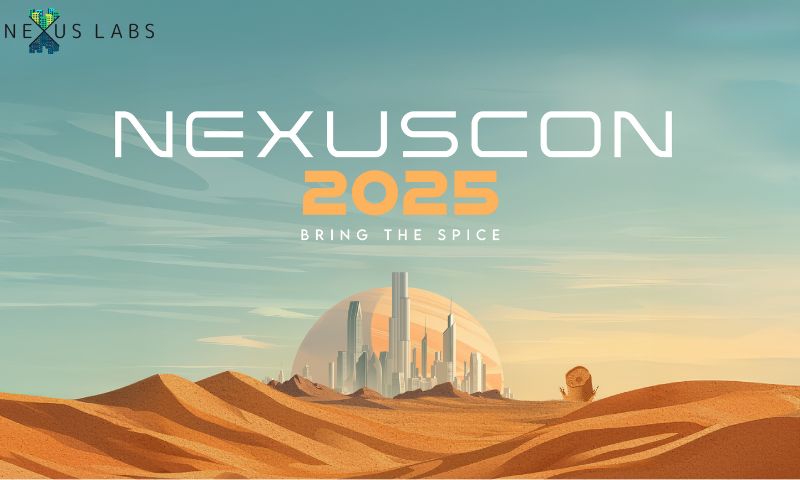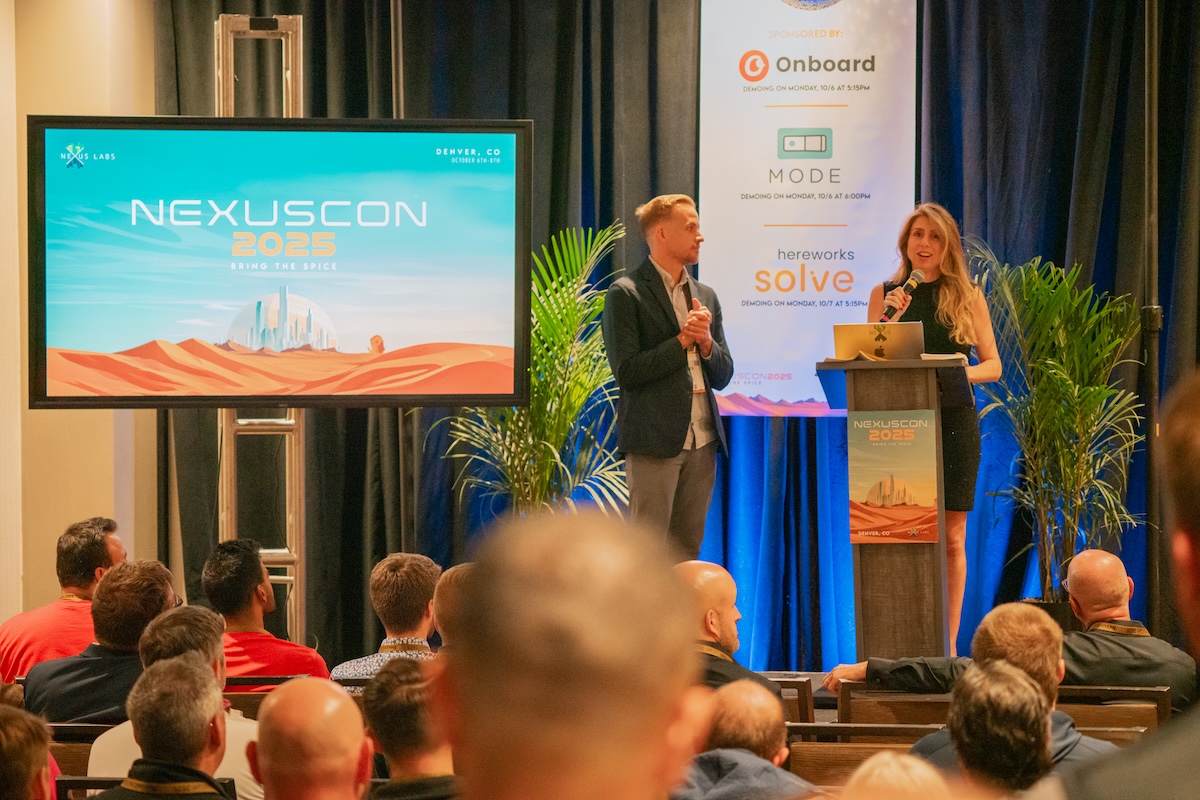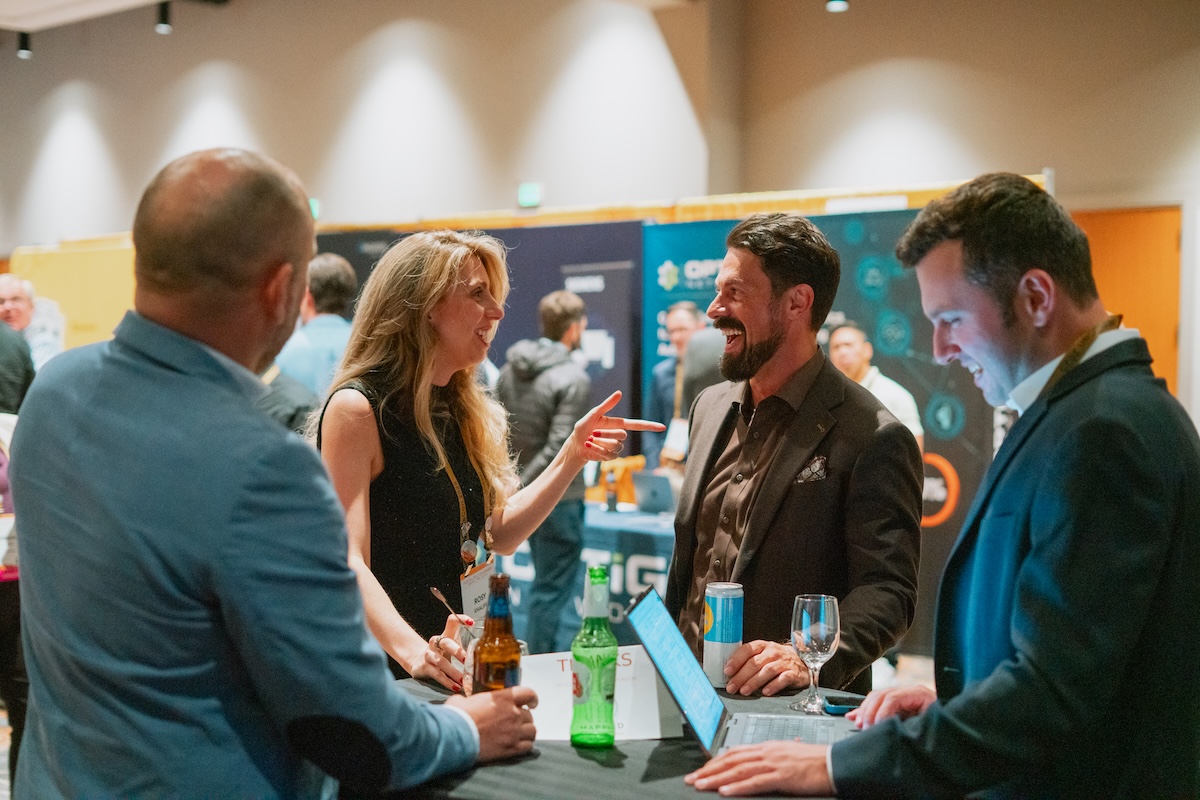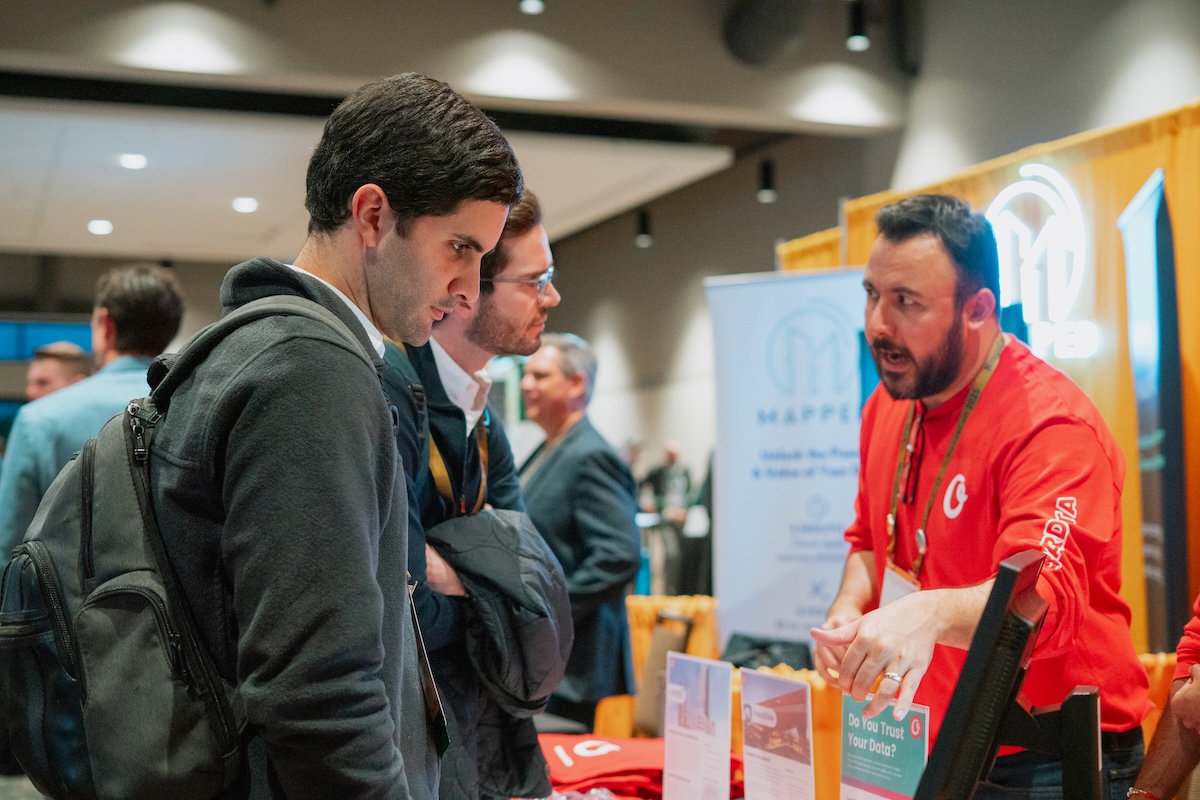
NexusCon is happening right now in Denver, Colorado. We're reporting live over the length of the conference as building owners, service providers, and vendors gather for case studies, debates, and the kind of conversations that don't happen at typical conferences.
If you're in Denver and want to maximize your time, check out our Getting the Most Out of NexusCon guide. If you're following from home, follow us on LinkedIn or Twitter/X @NexusLabsPro for updates as they happen.

Yesterday kicked off with the Building Owner PreCon—no vendors allowed. Portfolio owners with mature programs sat down with those just starting out. Thano Lambrinos from Quadreal, Nada Sutic from Epic Investment Services, and Grigor Hadjiev from Pimco Prime Real Estate talked about what moves a smart buildings initiative from struggling for budget to integrated into core operations.
The answers were blunt and sometimes surprising. Don't be afraid to make up numbers sometimes. Take the right person out for coffee. Start small. We'll cover the full lessons in two weeks.
The Smart Buyer Challenge launched—a competition where attendees earn points for spotting vendor fluff, scheduling meetings, and asking hard questions. Winner gets a ski trip.
The welcome reception followed in the marketplace—demos, drinks, and conversations that will continue all week.

Tuesday morning, James Dice and Rosy Khalife opened with the state of connected buildings keynote. The theme: the industry has been telling disconnected stories for decades—BAS in the 90s, energy efficiency in 2010, space utilization by 2015, health post-pandemic. Now everything at once—decarbonization, electrification, cybersecurity, AI.
Dice introduced three precepts: speak value in enterprise language, measure what matters with KPIs the boardroom trusts, and develop playbooks that make value repeatable. He called it "connecting the dots from boiler room to boardroom"—and shared a framework attendees can use to evaluate case studies and their own programs throughout the conference. We'll break down the full framework next week.

The marketplace is open between sessions. Vendors are demoing, but the conversations around those demos matter more. An owner stops at a fault detection booth: "Who on my team actually uses this data once you hand it to me?" No pivot to a slide deck. They work through it.
Sessions started at 9:30. Twenty educational sessions over two days, four running at a time across three tracks—IT, energy management, facilities management. Over 70% of presentations come from building owners. Each 90-minute session includes breakout discussions—tables of eight working through real questions. Should we normalize building data in-house or outsource it? How do we get construction teams to follow the digital plan? What does a successful pilot actually test?
Laptops stay closed. Conversations get specific.

Tuesday afternoon brings debates on build versus buy for data infrastructure, centralized versus decentralized operations, whether FDD tools actually save energy or just create more work. The debates don't aim for consensus—they surface the trade-offs when none of the options are perfect.
Lunch includes roundtables on specific topics, each led by someone who's dealt with that issue. Pick a topic, find the table, skip the small talk.
Throughout the day, People's Choice voting runs in the app. Attendees score sessions as they happen.
Happy hour shifts back to the marketplace Tuesday night. Demos keep running. Drinks and Appetizers keep the conversations fueled up. An after-party in Denver extends the gathering beyond the hotel. No VIP rooms. No vendor-only areas. Everyone accessible.

Wednesday brings final sessions, awards at lunch, and the closing keynote at 1:00 PM (which we will add details about here). Award categories include Most Innovative Demo, Breakthrough Presentation, Nexie of the Year, and Smart Buyer Challenge winner. Two awards come with a ski trip back to Colorado.
After the closing keynote, a post-conference hike through the Flatirons in Boulder for anyone who wants to extend the conversations.
The three-day format gives ideas time to develop. A debate on day one leads to a hallway conversation on day two that turns into a vendor meeting on day three. Case studies spark questions that get answered in breakouts. Pilots get compared. Failures get examined without the polish that turns everything into a success story.
Each presenter was asked to create action packets—one-pagers that attendees can take back to their jobs next week. No 50-slide decks to forget about. Just the one thing worth applying. Next week, all the action packets get compiled into a single PDF. The conference comes home with you.
The conference ends Wednesday, but the work continues. For anyone planning next year, the Getting the Most Out of NexusCon guide covers how to prep.
NexusCon is happening right now in Denver, Colorado. We're reporting live over the length of the conference as building owners, service providers, and vendors gather for case studies, debates, and the kind of conversations that don't happen at typical conferences.
If you're in Denver and want to maximize your time, check out our Getting the Most Out of NexusCon guide. If you're following from home, follow us on LinkedIn or Twitter/X @NexusLabsPro for updates as they happen.

Yesterday kicked off with the Building Owner PreCon—no vendors allowed. Portfolio owners with mature programs sat down with those just starting out. Thano Lambrinos from Quadreal, Nada Sutic from Epic Investment Services, and Grigor Hadjiev from Pimco Prime Real Estate talked about what moves a smart buildings initiative from struggling for budget to integrated into core operations.
The answers were blunt and sometimes surprising. Don't be afraid to make up numbers sometimes. Take the right person out for coffee. Start small. We'll cover the full lessons in two weeks.
The Smart Buyer Challenge launched—a competition where attendees earn points for spotting vendor fluff, scheduling meetings, and asking hard questions. Winner gets a ski trip.
The welcome reception followed in the marketplace—demos, drinks, and conversations that will continue all week.

Tuesday morning, James Dice and Rosy Khalife opened with the state of connected buildings keynote. The theme: the industry has been telling disconnected stories for decades—BAS in the 90s, energy efficiency in 2010, space utilization by 2015, health post-pandemic. Now everything at once—decarbonization, electrification, cybersecurity, AI.
Dice introduced three precepts: speak value in enterprise language, measure what matters with KPIs the boardroom trusts, and develop playbooks that make value repeatable. He called it "connecting the dots from boiler room to boardroom"—and shared a framework attendees can use to evaluate case studies and their own programs throughout the conference. We'll break down the full framework next week.

The marketplace is open between sessions. Vendors are demoing, but the conversations around those demos matter more. An owner stops at a fault detection booth: "Who on my team actually uses this data once you hand it to me?" No pivot to a slide deck. They work through it.
Sessions started at 9:30. Twenty educational sessions over two days, four running at a time across three tracks—IT, energy management, facilities management. Over 70% of presentations come from building owners. Each 90-minute session includes breakout discussions—tables of eight working through real questions. Should we normalize building data in-house or outsource it? How do we get construction teams to follow the digital plan? What does a successful pilot actually test?
Laptops stay closed. Conversations get specific.

Tuesday afternoon brings debates on build versus buy for data infrastructure, centralized versus decentralized operations, whether FDD tools actually save energy or just create more work. The debates don't aim for consensus—they surface the trade-offs when none of the options are perfect.
Lunch includes roundtables on specific topics, each led by someone who's dealt with that issue. Pick a topic, find the table, skip the small talk.
Throughout the day, People's Choice voting runs in the app. Attendees score sessions as they happen.
Happy hour shifts back to the marketplace Tuesday night. Demos keep running. Drinks and Appetizers keep the conversations fueled up. An after-party in Denver extends the gathering beyond the hotel. No VIP rooms. No vendor-only areas. Everyone accessible.

Wednesday brings final sessions, awards at lunch, and the closing keynote at 1:00 PM (which we will add details about here). Award categories include Most Innovative Demo, Breakthrough Presentation, Nexie of the Year, and Smart Buyer Challenge winner. Two awards come with a ski trip back to Colorado.
After the closing keynote, a post-conference hike through the Flatirons in Boulder for anyone who wants to extend the conversations.
The three-day format gives ideas time to develop. A debate on day one leads to a hallway conversation on day two that turns into a vendor meeting on day three. Case studies spark questions that get answered in breakouts. Pilots get compared. Failures get examined without the polish that turns everything into a success story.
Each presenter was asked to create action packets—one-pagers that attendees can take back to their jobs next week. No 50-slide decks to forget about. Just the one thing worth applying. Next week, all the action packets get compiled into a single PDF. The conference comes home with you.
The conference ends Wednesday, but the work continues. For anyone planning next year, the Getting the Most Out of NexusCon guide covers how to prep.

Head over to Nexus Connect and see what’s new in the community. Don’t forget to check out the latest member-only events.
Go to Nexus ConnectJoin Nexus Pro and get full access including invite-only member gatherings, access to the community chatroom Nexus Connect, networking opportunities, and deep dive essays.
Sign Up
This is a great piece!
I agree.